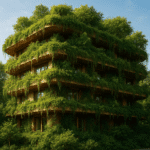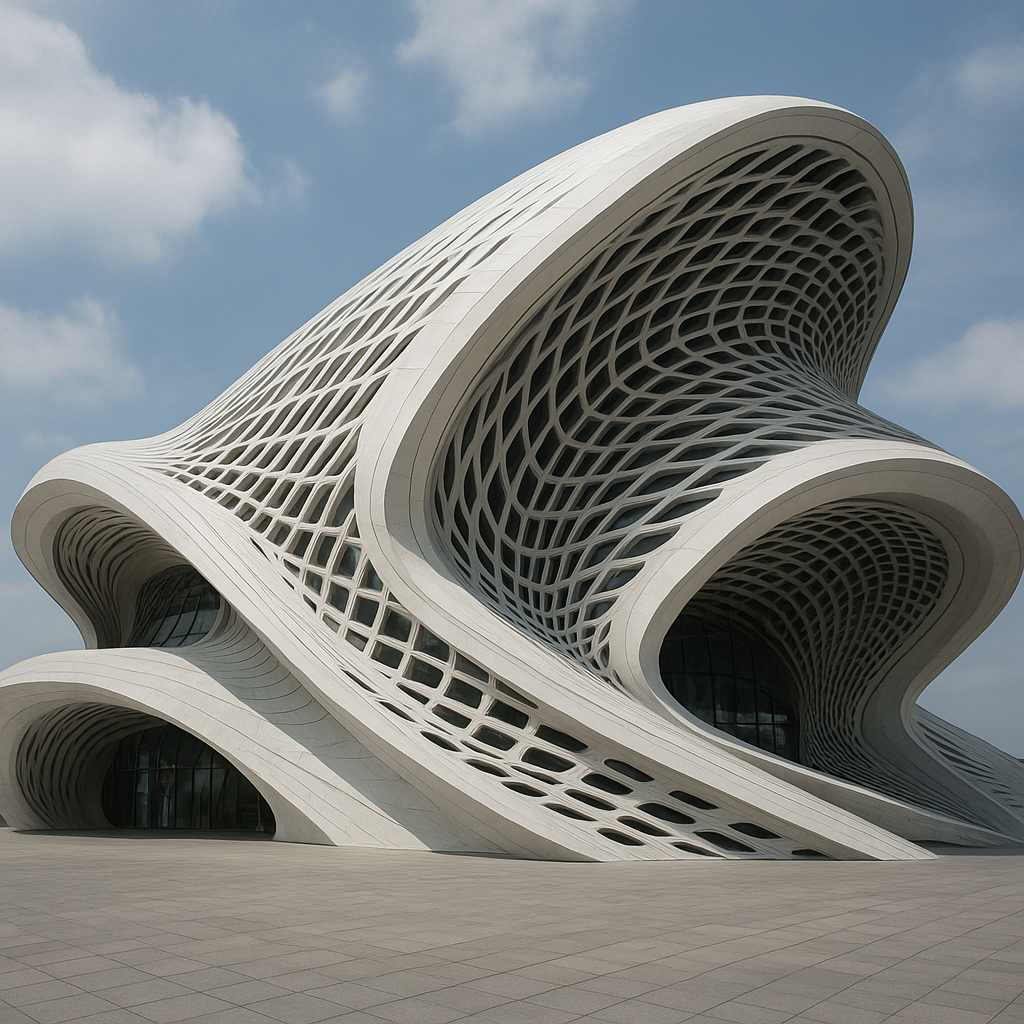The quest for sustainable design has spurred architects and engineers to embrace a future-ready vision that transcends conventional building practices. Circular architecture reimagines the life of structures as perpetual cycles where materials, energy and functions are continually repurposed. By weaving principles of regeneration into every stage—from initial concept to end-of-life reuse—futuristic projects are paving the way for urban environments that thrive on resource abundance rather than scarcity. This approach not only minimizes waste but also enhances resilience against environmental challenges, forging a dynamic synergy between built spaces and natural ecosystems.
The Principles of Circular Architecture
Circular architecture rests on a set of core tenets that redefine how we source, assemble and eventually disassemble buildings. Unlike the linear model that follows take-make-dispose logic, the circular paradigm transforms each lifecycle phase into a loop of continuous value capture.
Resource Efficiency and Material Cycles
- Use of renewable or recycled resources to reduce reliance on virgin materials.
- Implementation of closed-loop supply chains to recover and reuse elements like steel, glass and timber.
- Design strategies that anticipate secondary applications—roof panels become interior cladding, floorboards morph into furniture.
This emphasis on material flows fosters economic viability, decreases embodied carbon and aligns construction with ecological regeneration. Tracking resource provenance through digital ledgers ensures each component retains a clear identity, facilitating future recovery.
Design for Disassembly and Modularity
Embracing modularity allows buildings to adapt to evolving needs. Prefabricated modules can be reconfigured or replaced without major demolition, preserving structural integrity and reducing waste. Components join through reversible connections—bolts, clips or magnetic couplings—rather than permanent adhesives. This mindset elevates adaptability, enabling spaces to shift from residential to commercial uses, or expand vertically to accommodate growing demands.
Technological Innovations Driving the Transition
Advancements in engineering and digitalization accelerate the adoption of circular practices. By integrating cutting-edge solutions, architects can optimize performance and unlock new possibilities for innovation in design.
Smart Materials and Sensors
- Integration of smart materials that self-heal cracks, adjust transmittance or change stiffness in response to stress.
- Embedding IoT sensors throughout structural elements to monitor load, humidity and temperature in real time.
- Data-driven maintenance strategies extend service life and plan disassembly precisely when reuse or recycling is optimal.
These technologies support proactive management, turning each building into a living system that communicates health metrics and forecasts performance trajectories.
3D Printing and Prefabrication
Large-scale 3D printing offers unprecedented geometric freedom while minimizing material waste through additive processes. Complex lattice structures can be fabricated onsite using recycled polymers or bio-based composites. Prefabrication, combined with advanced robotics, ensures quality control in factory settings before modules arrive on the construction site. This hybrid approach accelerates timelines, reduces noise and enhances precision in fit-and-finish tasks.
Digital Twins and Lifecycle Modeling
Creating a digital twin—a virtual replica of the physical building—enables stakeholders to simulate energy flows, material fatigue and spatial usage under various scenarios. Lifecycle modeling predicts when components will require refurbishment or replacement, aligning maintenance schedules with sustainable sourcing and minimizing downtime.
Case Studies of Futuristic Circular Buildings
Real-world projects exemplify how circular principles shape tomorrow’s skylines. From vertical ecosystems to floating habitats, these innovations demonstrate tangible benefits.
Vertical Forest Cities
A ground-breaking complex in East Asia incorporates over 30,000 trees across million-square-foot towers. The vegetation regenerates air quality, biophiltrates rainwater and provides insulation. Modular planting trays can be swapped seasonally, turning facades into living filters. Structural elements use high-strength recycled steel, designed for full reclamation at the end of the building’s functional phase. Energy-efficient systems powered by renewables make the development almost carbon-neutral in operation.
Floating Eco-Communities
To address rising sea levels, architects have proposed buoyant districts where homes rest on reclaimed plastic pontoons. Wastewater is treated on board via bio-reactors, and solar sails generate electricity. Buildings are assembled from marine-safe materials that resist corrosion and can be retrieved intact for redeployment. Communal gardens onboard reuse greywater and encourage aquaponic farming, showcasing how circular loops extend beyond land.
Adaptive Reuse Mega-Hubs
Former industrial yards are being repurposed into vibrant mixed-use hubs. Historic brick warehouses receive lightweight, detachable steel frames to support new floors and atriums. Interiors leverage upcycled glass partitions sourced from decommissioned skyscrapers. By prioritizing salvage over demolition, developers achieve cost savings and preserve cultural heritage, demonstrating the value of adaptability in urban regeneration.
Challenges and Future Directions
While the vision is compelling, implementing circular architecture at scale encounters diverse obstacles. Addressing these will determine the pace of transformation.
- Regulatory and Policy Barriers: Building codes often emphasize prescriptive methods rather than performance-based criteria necessary for reversible design.
- Economic Incentives: Initial capital outlays for innovative materials or modular systems can deter investors despite long-term savings.
- Standardization: Lack of universal standards for component interfaces hampers interoperability across projects and regions.
- Cultural Acceptance: Stakeholders must shift mindset from asset ownership to service-oriented models that favor leasing and material passports.
Moving forward, cross-disciplinary collaboration among technologists, policymakers and community leaders will be essential. Embracing biomimicry can inspire organically efficient forms, while open-source platforms accelerate knowledge exchange. Ultimately, the confluence of circular thinking and futuristic ambition promises architecture that not only shelters but also nourishes the planetary ecosystem.










